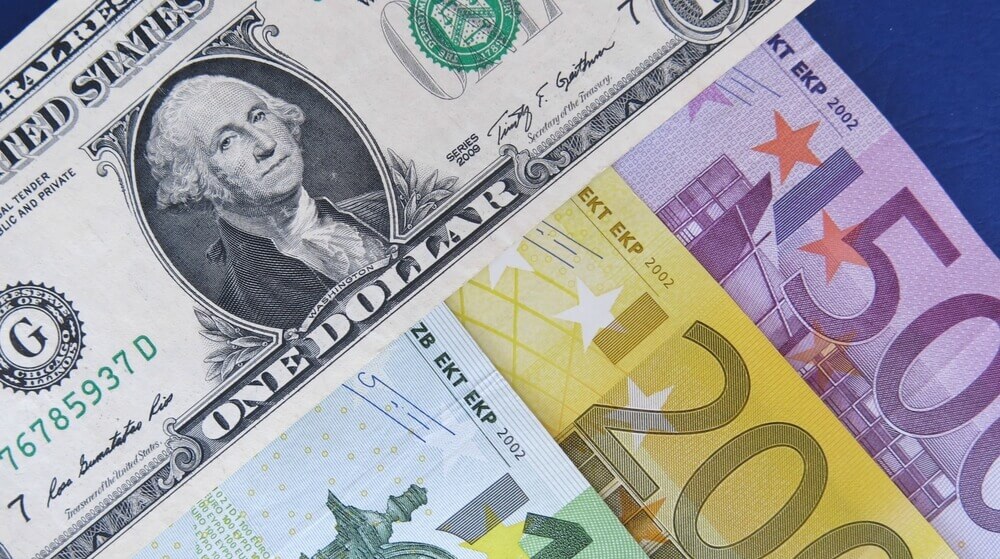
Dollar’s Delicate Balance: Index Dips to 103.850
- The U.S. Dollar steadies in early European trade, showing marginal changes.
- Dollar Index slightly down at 103.850, with a recent low of 103.43.
- Australian dollar rises, marking a rebound from three-month lows.
In Friday’s early European trading session, the U.S. dollar has performed a delicate balancing act. Traders are caught between the elevated risk sentiment fueled by recent corporate earnings and the hawkish signals emanating from the Federal Reserve. This juxtaposition has cast a shadow over the prospects of early U.S. rate cuts, leaving the financial markets in a state of cautious anticipation.
At the heart of this financial ballet is the Dollar Index, which registered a slight decrease to 103.850. The Dollar Index experienced a significant dip, reaching its lowest point since February 2nd at 103.43. Conversely, it hit a peak of 104.97 on February 14th. These fluctuations highlight a week that might conclude with the dollar in decline. Consequently, traders are shifting their focus towards more cyclical currencies. Furthermore, this transition is primarily driven by Nvidia’s blockbuster earnings report. As a leader in the AI industry, Nvidia has brought a wave of optimism to global investor sentiment.
Currencies’ Diverse Fed Reactions: Won Dips 0.2%
The international currency market has reacted in varied ways to the U.S. dollar’s movements and the Fed’s firm stance on interest rates. The South Korean won recorded a slight retreat, losing 0.2%, reflecting the cautious approach of investors towards emerging market currencies. Conversely, the Singapore dollar remained unchanged, poised for the release of crucial inflation data.
The narrative differed for the Australian dollar, which emerged as one of the day’s few gainers. It appreciated by 0.2%, extending its recovery from a trough that marked its lowest point in three months. This resurgence indicates the nuanced dynamics influencing currency valuations, where regional economic indicators and global sentiment play significant roles.
Looking Ahead: The Dollar’s Trajectory
As the market digests the implications of the Federal Reserve’s latest minutes, which suggest no immediate intention to reduce interest rates, the dollar’s trajectory remains under close observation. Consequently, investors and traders are recalibrating their strategies. They are incorporating the central bank’s preference for sustaining higher rates over a prolonged duration.
In this context of increased vigilance and strategic realignment, the task of predicting currency movements becomes more complex. Moreover, with the global economy positioned at a critical juncture, characterised by technological progress and central bank policies, the path of the dollar reflects the broader financial environment’s mix of uncertainties and possibilities.


